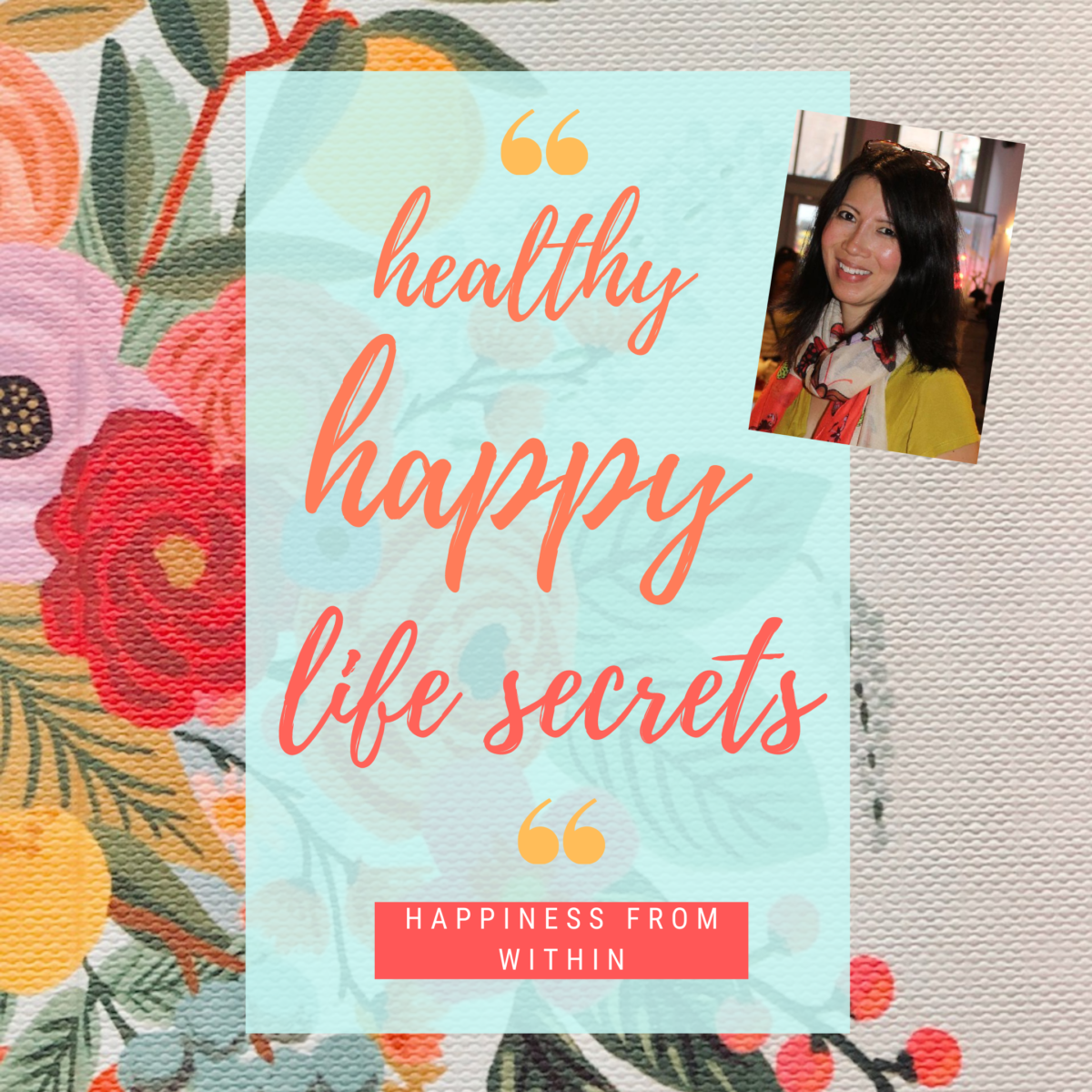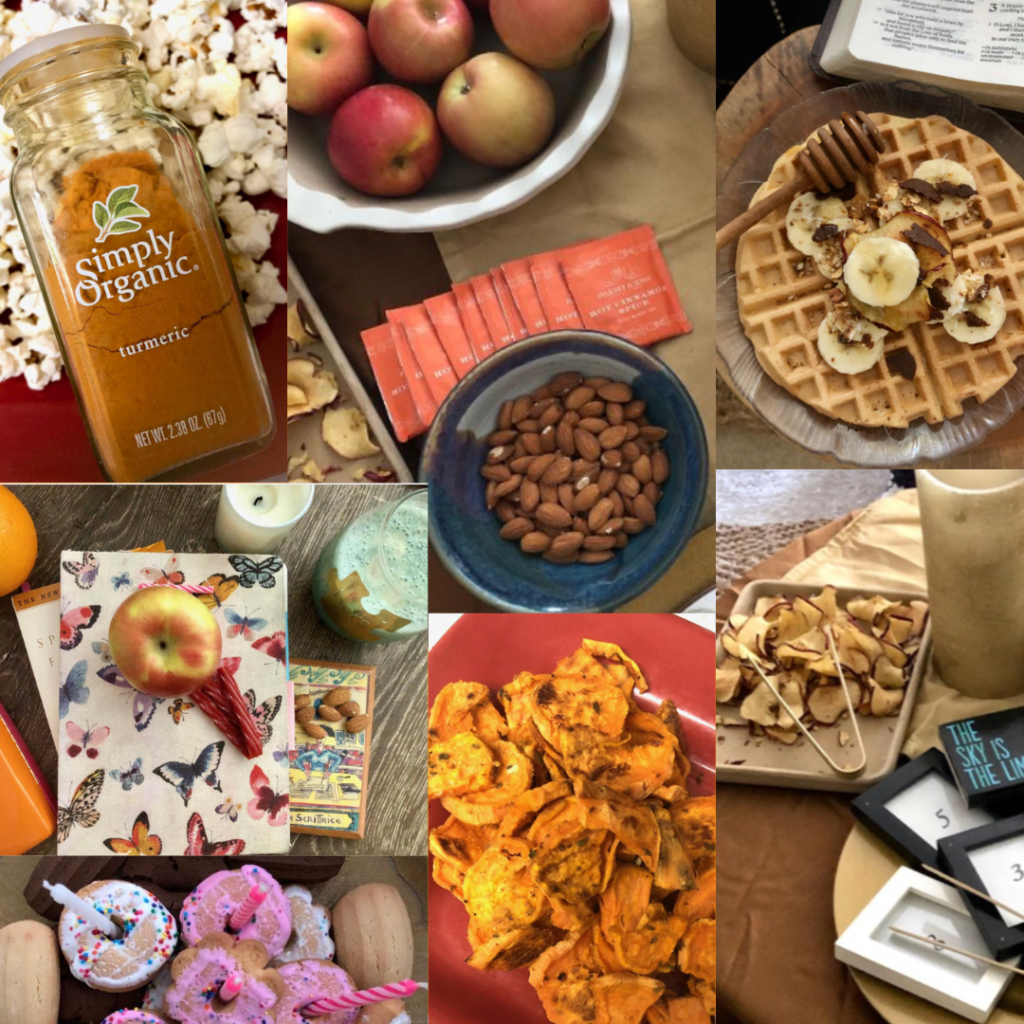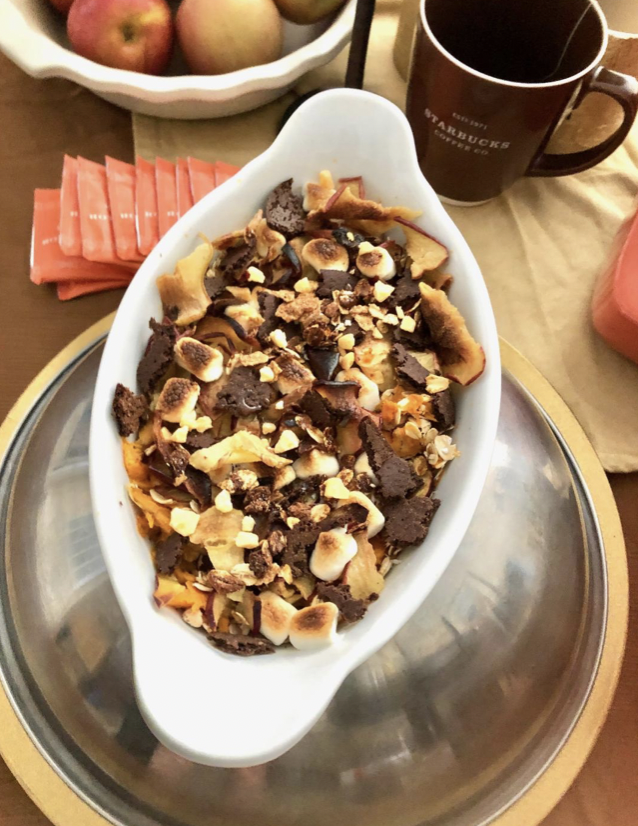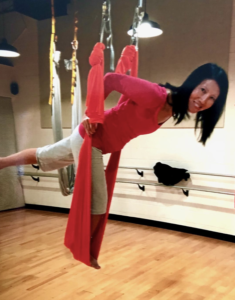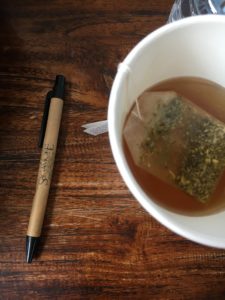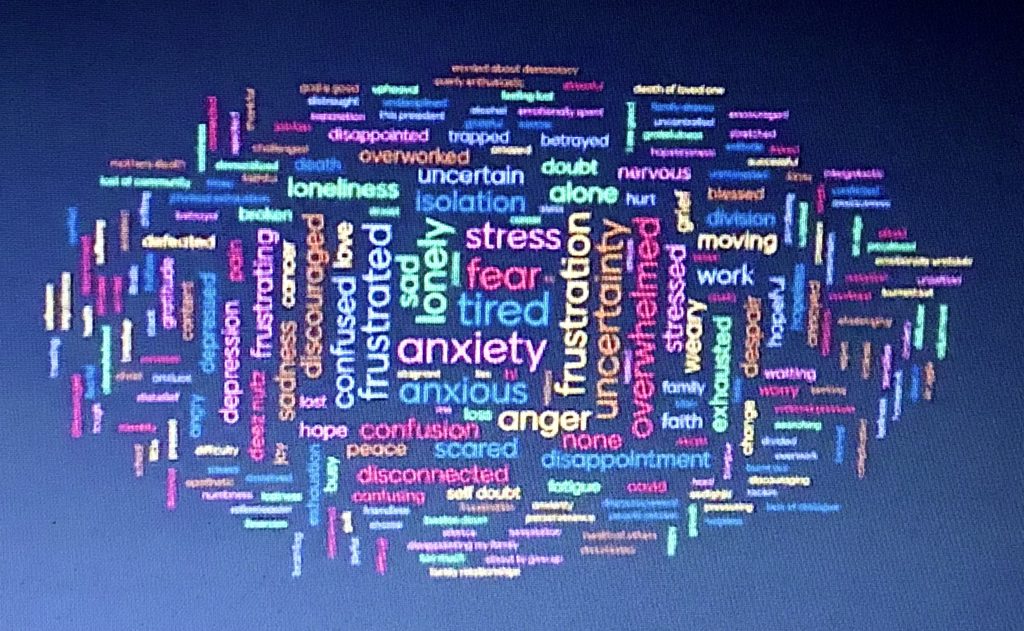Moisturize if your skin is dry may be what’s needed for you in these climate changing times. And if you’re experiencing eczema skin or other dryness signs, you’ll want to drench yourself and let these tips soak in like I did when I first discovered an eczema flair-up due to global warming…

And if that’s you, you’ve come to the right place for moisturize tips…
With global warming and climate change (plus global cooling) on the reality fast rise, the outdoor dry air is becoming drier, and this plays extra havoc on our affected bodies and down to the hypodermis and skin cells level.
In awareness, you can proactively moisturize (more), make healthy changes (10 tips below to check off), and not be blind-sided by your body’s need to adjust naturally.
You may find yourself needing more products as I did… and I ended up in the hospital emergency room because of a dry foot. Can you imagine!?
Cerave became my favorite daily moisturizer needed for the outside and water for the inside. But I found I needed more than moisturizers, products with hyaluronic acid for skin care, and soothing parched skin that became eczema developments from heat rashes. It was like a sun burn.
Drinking more water and eating 90% water fruits like melons wasn’t enough, but it was a start.
And a watermelon sorbet helps as hydrating and cooling that can help restore your body temperature.
But if you feel like you’re drinking water like a camel and keep moisturizing like it’s already winter (and you’re still dry), there’s nothing wrong with you…
Climate change can affect sensitive skin with symptoms you may never have had before.
For me, I had good skin and there was no need to moisturize certain body parts regularly up until a few years ago.
One good daily check is your home thermostat.
Another is your body thermostat. This will feel different despite our 98°F/36°C human bodies. If you’re Pitta imbalanced, your natural heat will be increased and get really bad like it did for me one season where I needed body balance intervention.
One of the first places to transition is testing the shower water temperatures you’re using based on outdoor temperatures and your body (balanced or imbalanced). If it’s hot out or you feel hot, get used to the cooler water temperatures will do your body good.
You can start on cool and end on cool water temps if you’re high in Pitta or it’s summer.
Scalding hot will always be harsh on the skin even if you’re leaning into Vata and Kapha preferences that like the nourishing and comforting heat. And yes… feeling more anxiety or clingy in any way are related.
For Vata and Kaphas, you may already be on the cool side, so a little warmer to start and end is good. You can use Ayurvedic small changes to help change your previous habits.
That’s one way of how knowing what your Ayurvedic body imbalances are now can help, and you can restore them without intervention. Adjusting your shower temperatures is one small way.
So, one takeaway (or reminder) is don’t stick with the same shower temperature year-round. Adjust to your body balance temperatures.
Self-care and prioritizing our prized bodies above our stuff keep us running optimally through the seasons.
And just like you change out your clothes from summer to autumn and winter, you want to change your routines and habits for your changing body.
Our skin, as our largest organ, acts as a barrier to our internal body organs we can’t see. We often take for granted when all is running smoothly. Your skin is constantly changing, and renewing and a great place to start.
Retinol (that I learned as the stronger Retin-A from youth) can help that process along if it doesn’t irritate your skin.
10 Moisturize Self-Care Tips:
FOR SKIN AND SPECIFIC BODY PARTS
At the bare minimum, take care of the entry points on your body.
1) Eyes: Your eyes aren’t just the window to your soul, they are the gateway to how you see the world. And if you have dry eyes, that’s one fuzzy world!
Adding eye drops helps (and especially if you’re on your digital devices more than ever). Blue light blocking UVB glasses are necessary as you never know when you’ll be walking in the strong sun and don’t want to end up with cataracts or eye diseases that’s a reality for aging people. I learned that from my mom.
As a society, we can seem to care more about what fashionable pair of specs we’re wearing and forget about our precious eyes.
Needing to moisturize our eyes when we wake up lets us know we’ve slept that swimming fish don’t need (not even the smart Dr. Seuss Goldfish ones 😉). That could be a habit stack for us along with nasal saline drops (another main entrance into the body). The Neti pot is a nasal cleansing habit I do weekly and when kept up with is effective to prevent nasty sinus infections.
2) Lips: Daily real self-care things can seem small (and sometimes inconvenient or annoying) but you’re naturally given your refined parts like tender soft lips so you can chew with your mouth closed (unlike an ape that happily spits out food in its company).
At home, I like to bring in outdoor local wonderment by using organic honey, a household-must in more ways than one.
One way you may not have thought about is using honey to moisturize dry lips. It’s better than Vaseline because it’s edible. Glossy raw honey works better than a honey lip balm, especially if you’re about to eat or drink.
…Plus you get a ‘lil sweet taste in that’s always a plus for a sweet tooth 😉
Honey lips stay supple because the natural humectant locks in the moisture. And even helps for little salty cuts on the sides of your lips in between the top and bottom lip, if that happens to you like it does for me.
Honey is also antibacterial. The B.C. Egyptians are credited for discovering honey as a secret medicinal ingredient. They lived like the Kardashians and Queen bees.
Honey back then meant luxury. I wonder if the Queen Bee would’ve adapted to today’s changing climate.
We still know that nature provides the best sources and resources where natural solutions can be the best answers to our problems.
…And this is why our natural bodies intuitively know what we need (and that I’m super passionate about in Ayurveda). Our bodies are connection points to our mind and spirit that make us above other mammals.
For honey, depending on your need, you can find a local raw honey source in your area or you use a good standby like Manuka honey (native to Australia/New Zealand) that has become the gold standard and is pricier.
If you buy processed honey fillers, those aren’t the same. The sugar honey bear shows his age as he crystallizes. and is not one you want to add to your medicinal cabinet, as cute and wallet-friendly as a honey celebrity that he is. 🍯
3) Whole-body moisturize (before and) after showering for prevention.
If your skin feels raisin dry, steaming in the warm shower helps. If right after exiting the shower, you moisturize right away, you can seal in the moisture on certain dry parts with a product like Vaseline lotion that has petrolatum (it’s like adding a protective wax or protective coat). The rose pink Vaseline is good for heated Pitta moments.
And then add your favorite lotion if you’re still feeling dry skin. That’s a good habit to get into.
We all have different skin so I mention a few good ingredients here that you can see what works for you…
In the evening, you can mix it up with shea butter, coconut or avocado oil, or Ceramide 3 lotions. You may even want to moisturize mid-day if you are super dry. I use different unscented or fragrance-free moisturizers that don’t have harmful phthalates. Those are the ingredients that are bad like BPA plastics where you don’t see immediate effects to health.
I also keep natural, great citrusy scented hand creams close by. Mixing it up (biodiversity) helps your body to adapt better to changing body and climate situations in the your environment.
When in doubt or confused of what to select… don’t let all the hoopla of different ingredients overwhelm you, but focus on 3 main things… moisturize, moisturize, and moisturize!
But if more severe and you need to soothe itchy skin inflammations, look for ingredients like aloe, colloidal oatmeal, vitamins C and E, and healthy oils (coconut, carrot seed, olive oils… if you can eat it, then you know it’s skin-safe and good food moisturizing ideas). Don’t forget honey… it’s sticky good!
For dryness around your scalp, try an oil like coconut oil and moisturizers. Try to leave in after your shower (or let soak in before you shower). We’re so quick to get cleaned off from the greasiness, but that’s sheer bathing luxury for your skin.
4) Salve and sesame oil: for dryness on and around nails and cuticles. You want to let your nails breathe (if you usually have them polished or wear artificial nails). Cooler weather is a good time to let your nails go au naturel for in between breathing days.
That also gives you a break from year-round time consuming and costly nail maintenance… that can be a huge breath of fresh air!

5) Shea Butter: For rough sandpaper hands or feet, an emollient-softening lotion with shea butter can feel rich and good.
Hands and feet tend to be the first places that can get very dry so take extra mani-pedi self-care measures.
Keep lotion by your computer, desk, and body so you can use throughout the day as needed or when you remember.
If you have dry skin, you can never moisturize enough!
The worst that will happen if you over-moisturize is you get butter fingers and something slips from your hand, but you’ll never get called into the Principal’s office for moisturizing too much!
I have what I cal Vata lotion in every room… basically that’s a variety of lotion potions to choose from for dry emergencies and convenience.
6) Aloe: Is another great skin quencher and is not fussy or sticky. It’s clear color (not the Kermit frog green color you may have seen with dyes that sells better).
Pure aloe is water to your skin. I never used to use aloe regularly. I only used it to quickly heal skin burns from the kitchen. But now it’s a great non-greasy moistener for in-between moisturizing with lotions. It’s like a sip of water to your skin, that is better than nothing when your skin is parched… it’s like drinking water on your skin, and it can tie-you over until you get a full moisturizer on.
FOOD AND DRINKS
7) Water and Coconut water: Is super hydrating from the natural Super Fruit. VitaCoco water is hydrolyzing, and can help if you’re not sugar-sensitive.
If you are, there’s nothing purer than plain water.
Natural water like Voss and Fiji water are treats but skipping the cases of grocery plastic bottle filtered waters (stripped of minerals) are good ideas.
A replaceable Brita pitcher and filter or home water filter system from your fridge can work better for most daily water and is a better reusable water system.
8) Substituting ingredients: Preventing inflammation caused by dryness helps to maintain a healthy balance in your body.
You can subtly do this with small replacements like fruit sugar over refined sugar, and a healthy fats list like EVOO, avocado, or coconut oil over poly fats (e.g. margarine, butter, vegetable oil, hydrogenated oils… and the stuff I grew up consuming… you too?).
9) Seasonal foods: Lean into what’s seasonally “in” by shopping at the local farmers markets or in the abundant bins in grocery stores. You can often tell when there’s an abundance because the organic choice is also abundant.
You can see a variety of abundance from a distance in its bright colors and up close with unique PLU small stickers.
When I did party planning in Mediterranean cuisine restaurants, the menus were always seasonal, based on the available foods priced reasonably. So you wouldn’t see watermelon-inspired recipes in the winter and pumpkin or pomegranate dishes in the spring.
10) Spices: are a great way to balance food seasonality and keep your food and dishes interesting year-round with reliable seasonings.
Isn’t spice the variety of life!? …in my world, anyway, it is (and hopefully in yours!). Oregano was one of my first favorites which goes well with red sauces and Italian dishes.
Then as spices evolved in the Western world, turmeric became a star. Plus, it’s anti-inflammatory and good to eat for dry, irritated skin (could be Vata and Pitta imbalance at the same time in changing weather).
Don’t let the turmeric drying and astringent texture to your tongue fool you into believing it’s drying you out. It’s body healing (and where you can get a glimpse of balancing wholeness through food).
Until next time, take good self care! …And if you want to learn how to restore annoying imbalances (dry-related or something else), you can take my body balance quiz.
Or if you’re wanting a moist and healthy divine treat, you’ll love this easy and healthy chocolate banana cake bread recipe. 🍫🍌🍞
